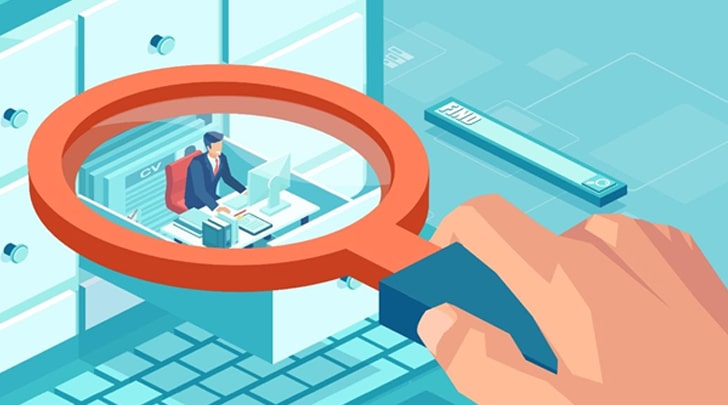
In many industries, remote employment is becoming the norm. As a result, business executives now need to figure out the best ways to support their remote employees, especially in terms of the equipment they need to keep working. You'll need new technical solutions to keep productivity at the same level in your company since you can't simply walk over to your employees' workstations and check up on them.
For many companies, employee monitoring is the natural way to get around the difficulties of remote work while maintaining the reliability and excellence of your goods and services. You can monitor your employees' work from any location, ensure they have everything they need to do their jobs, and offer qualified IT support when problems emerge with the use of a managed service provider and remote monitoring and management software. Monitoring is just one more resource you and your staff can use when working remotely.
Undoubtedly, there are some issues with employee monitoring that could affect both your personnel and your company. You must be sure the expense of purchasing monitoring technologies is worthwhile for your company. Employees may have privacy worries. You must educate yourself on employee monitoring so that you can make it work for your company, just like you would with any other investment or policy change.
Types of Employee Monitoring
The concept is not brand-new, but technological development has made it possible for various forms of employee monitoring.
Website Tracking: Web tracking software reveals what your employees are doing online, including the websites they are visiting most frequently. This method ensures that both office-based and remote employees are devoting the proper amount of time to non-work-related pursuits.
Social Media Tracking: This sort of monitoring entails monitoring employees' personal and professional social media accounts as well as their use of social media during working hours.
Email Tracking: This kind of surveillance entails reading emails that your employees send and receive for the company. You can monitor both internal and external conversations with its assistance.
Phone Tracking: Using this technique, you can listen to and record phone calls, voicemails, and video calls made by employees.
Keylogging: Software that records keyboard strokes allows you to observe what your employees type. Keyloggers have several restrictions on their use, and their legality in the workplace raises some concerns, but they can be a useful tool for keeping track of how your staff use their work equipment.
Time Tracking: Making a virtual time clock is must for time tracking. Employees punch in when they begin working and punch out when they finish their work using a digital time clock, just like in a more conventional situation. This can also entail physically filling out timesheets each week or monitoring employee time and activity.
GPS Tracking: For this strategy to work, you must keep tabs on your employees' GPS locations so you can know where they are at all times. This approach, however, usually only functions when your staff members use tools and vehicles, provided by the company. It's possible that you can't utilize GPS tracking on employees' mobile devices if your company has a BYOD policy.
Video Surveillance: For many companies over the last few decades, video surveillance has been a standard kind of monitoring. It's important to install cameras so you can document the daily activities of your clients and personnel. While this might be practical in an office context, it might not be in remote businesses.
Employee monitoring does not have a universally applicable solution. One type may perform better than another based on the particular requirements of your company. It's important to choose a surveillance approach that is appropriate for your organization while examining potential monitoring techniques.
You can experiment with selective monitoring rather than committing to always watching your staff and everything they do. You don't have to monitor every employee equally or in the same way, to put it simply. This might take many different shapes.
For instance, you might need to utilize more stringent monitoring of staff members who are having trouble keeping up with their job, while granting greater latitude to staff members who routinely fulfill performance targets. Employing a targeted strategy enables you to monitor workers who require further assistance without invading their privacy or micromanaging them.
Similar to this, employee monitoring isn't always a bad thing. Although it's frequently promoted as a means to discourage and penalize unruly behavior, it can also be mainly used to identify and honor staff achievements. Even if it can be challenging to pinpoint an employee's performance, particularly if you work remotely, it is still important to recognize and value their accomplishments. You might attempt to turn monitoring into a beneficial force in your company by doing this.